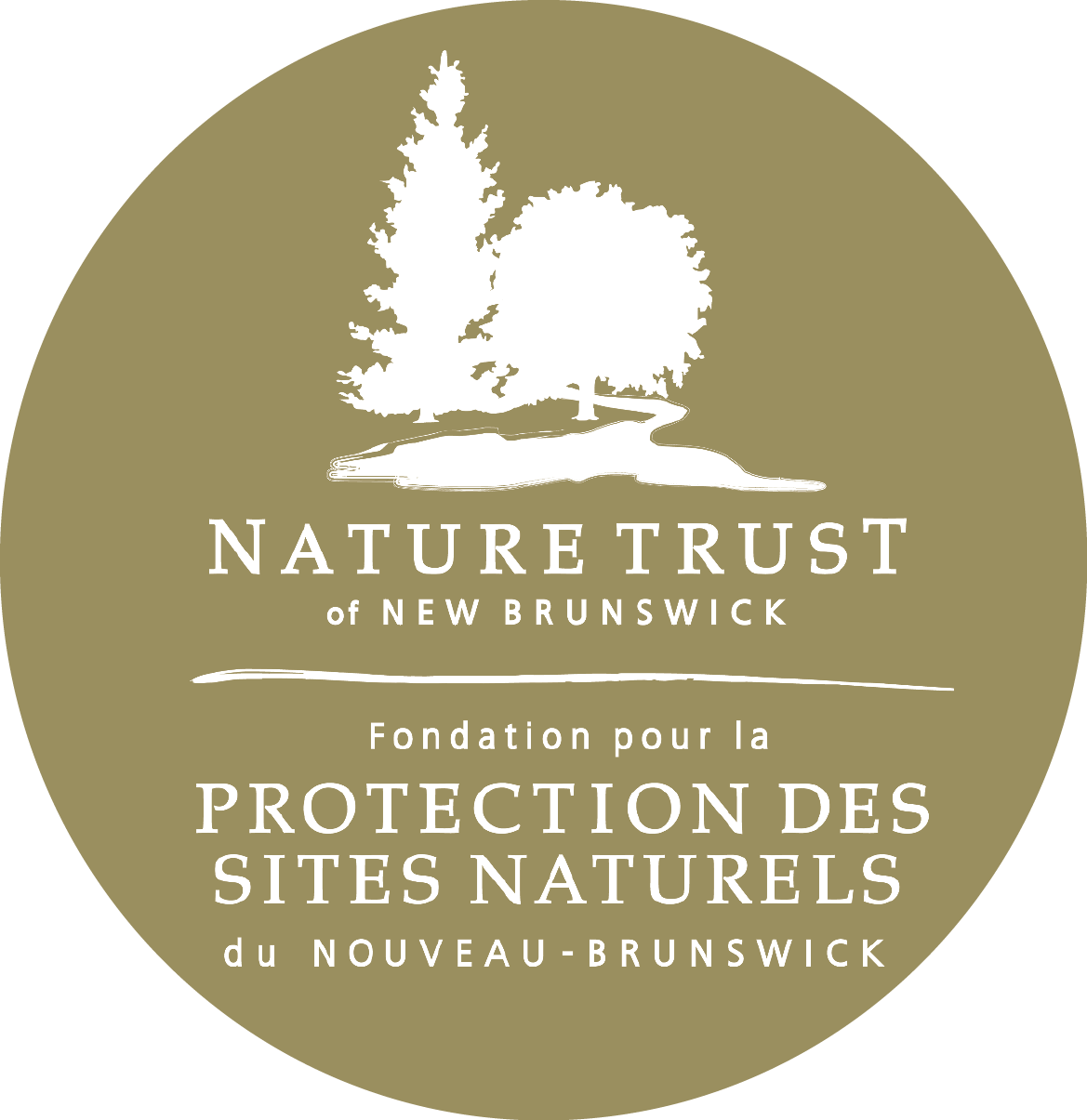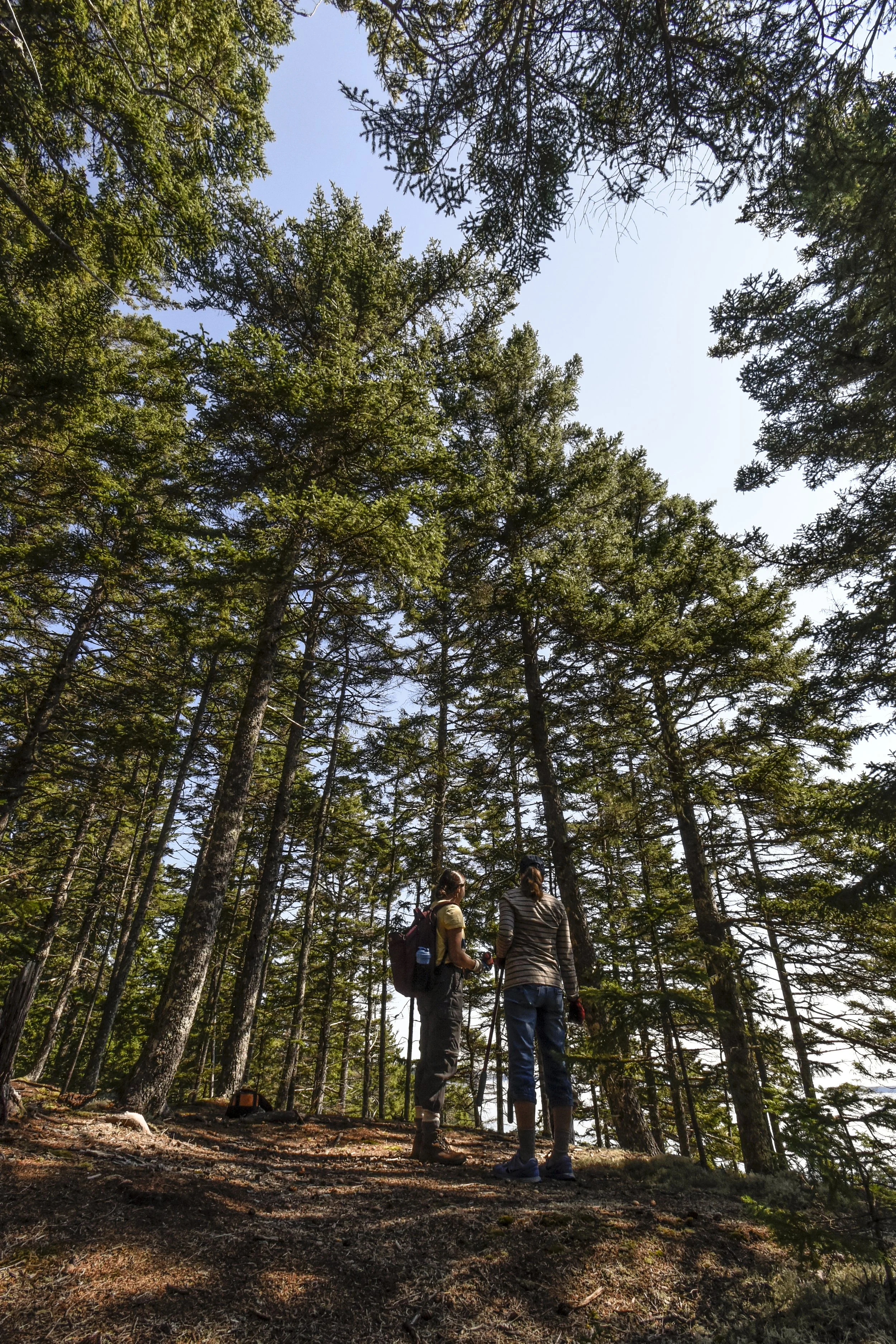Nature is a giant
Nature is a giant
WRITTEN BY ERIN HURLEY, COMMUNICATIONS INTERN
I have always been enchanted by forests. When I was younger, the oak trees lining my backyard felt like giants, like stoic beings that spent all day stretching their fingers up to feel the clouds above and burying their toes in the moss and dirt below. I was so jealous of their seemingly unmatched ability to feel the earth and the sky simultaneously. I would climb one particular oak every day, just for the chance to touch the clouds myself.
Then there were the much smaller creatures that lived in the depths of the forest. Whenever there were bright ferns sprouting from the forest floor or a lush patch of moss climbing up a tree trunk, it had to mean that fairies lived there.
And when the sun’s rays beamed through the canopy above to offer its light to this greenery, nothing felt more magical. I wanted to lie in the bed of moss, wrapped up in it like a mossy tree trunk, and imagine that I, too, was a forest fairy bathing in the afternoon sun. I wanted to live amongst the ferns and let their fronds offer shade when the sun’s rays grew especially bright.
Moss grows on a rock at the Margaret (Coburn) Cameron Woods Nature Preserve in Keswick Ridge.
Growing up, I always had this feeling that forests were alive, somehow. How could they not be, when they’re home to such magical creatures as fairies and giants? But as I grew older, I began to understand that forests are teeming with life all on their own. The trees, the vegetation, and the animals all contribute to a forest’s unique and rich ecosystem. Even in the winter, when it’s harder to see, there is still so much life to find.
This is especially the case with the Appalachian Hardwood Forest in New Brunswick. This type of forest is home to some of the most diverse, unique species in Atlantic Canada – from butternut, ironwood, and ash trees to yellow lady’s slipper orchids, maidenhair fern, and Canada violets. These woods also provide critical habitat for black bears, fishers, pileated woodpeckers, forest songbirds, barred owls, and scores more critters.
The problem is that this magnificent forest type, that once spanned across 500,000 acres in New Brunswick, has been reduced to less than 1% of what it once was. This makes it one of the most threatened forest types in the province.
But this holiday season, you can help do something about that. We're asking our members, supporters and the public for help in our effort to identify, protect and restore the Appalachian Hardwood Forest.
Will you consider donating what you can to help protect the magical Appalachian Hardwood Forest?
During the holiday break, I’m looking forward to strolling beneath the towering hardwood canopy at one of the Nature Trust’s protected Appalachian Hardwood Forest properties, the Margaret (Coburn) Cameron Woods Nature Preserve in Carleton Country, where the four photos above were taken.
There is a certain quiet beauty in forests in the winter. Quiet, but never truly silent. There’s always the sound of a bird chirping, or a branch swaying, or a half-frozen stream rippling in the distance. Even when most animals are hidden and the leaves have disappeared, there are still the giants catching snow in their outstretched fingers.





